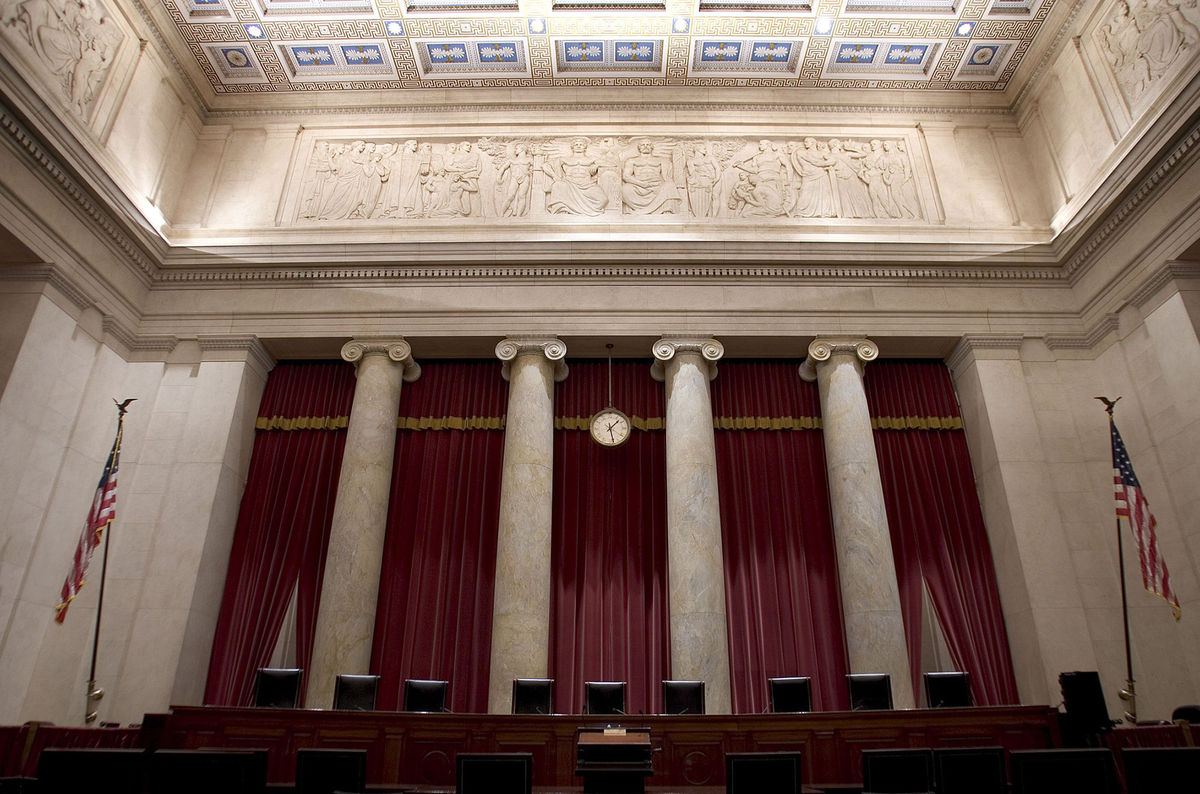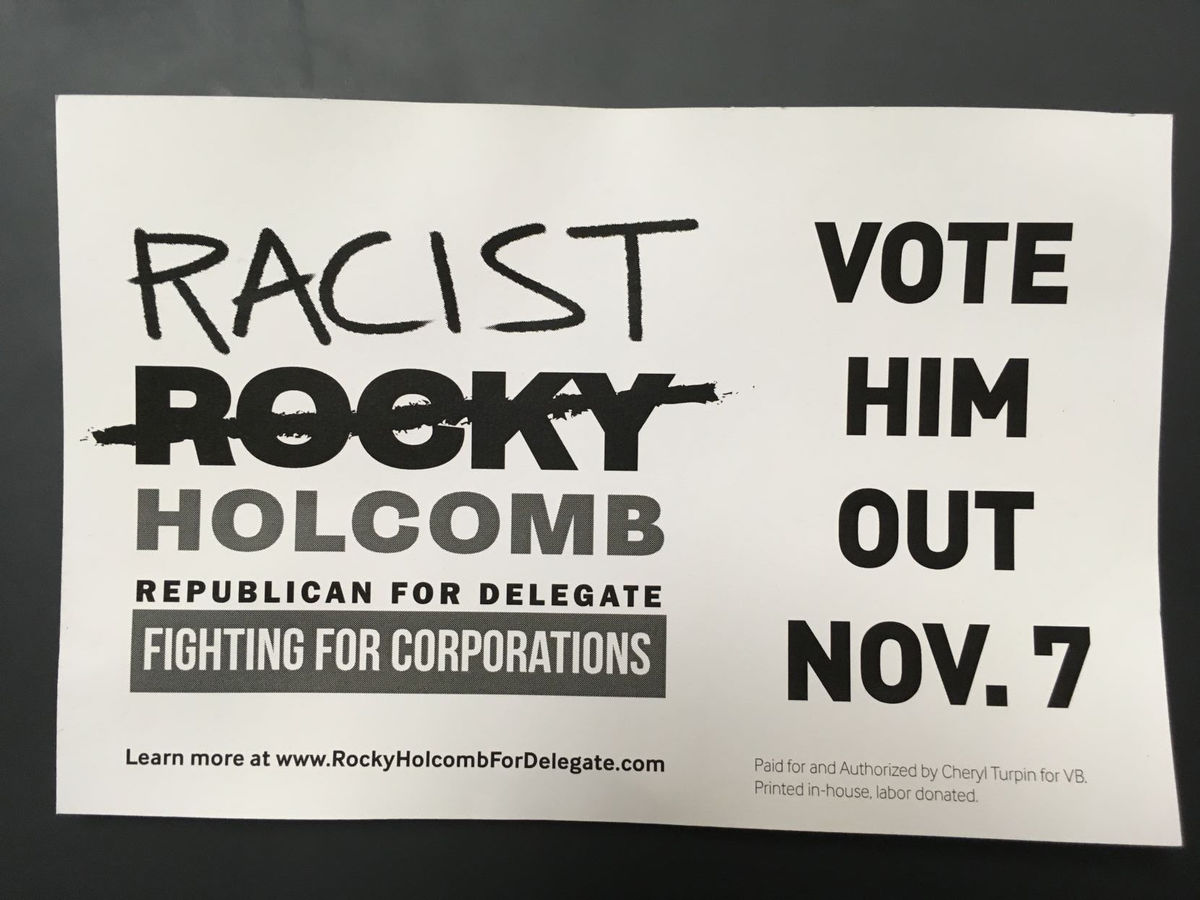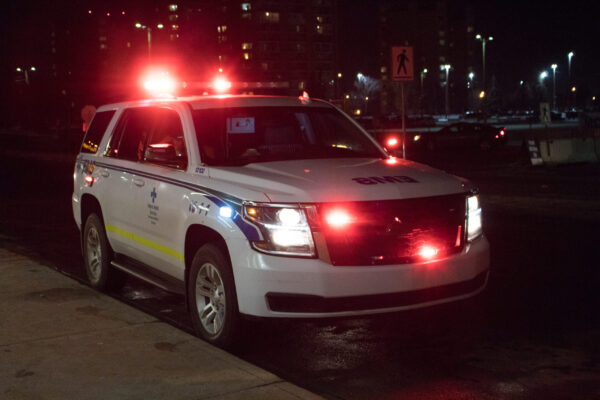As students throughout the Commonwealth head back to school, the discussion that many parents, teachers, advocates, and elected leaders are now having is the state of Virginia’s education infrastructure. There have been scores of reports and inquiries into the condition of Richmond Public Schools (RPS) and the under-maintained, asbestos-laden, air condition-less, crumbling infrastructure that house the school children of Richmonders. However, as has recently come into the light, the problem is far more widespread.
Rural areas of Virginia are also victim to lacking maintenance in school infrastructure. From leaking roofs, to substandard internet connections, those from the rolling hills of lesser-traveled parts of the state now having something, unfortunately, in common with the urban areas.
Last month, State Senator Bill Stanley (R-Franklin County) and Paul Goldman, former head of the Democratic Party of Virginia, teamed up to shed light on this previously little known factor. Although a General Assembly subcommittee has been created to address public concerns surrounding “obsolete” school facilities, which Stanley heads, the Republican from Southwest Virginia has taken it upon himself, with guidance from others, to ask Virginia Attorney General Mark Herring a question: Is Virginia violating the Brown v. Board Supreme Court decision by leaving schools in a dilapidated fashion?
After all, nearly one-third of schools in Virginia are 60 or more years old, some of which date back to before World War I.
In his three-page letter to the Democratic attorney general, Stanley asked if the Supreme Court decision that ruled that school segregation was unconstitutional is the basis upon which that school infrastructure in the state must be revamped to reflect modern standards.
The reason is that the Court laid out several criteria to determine whether school systems were denying equal opportunity to students, regardless of race. One of the criterion laid out in the decision was “the physical condition of the school plant.” In this ruling, which is commonly referred to “Brown II,” the underlying factor is race, but can that provision be applied more broadly in today, in 2018, even in localities that have overwhelmingly white student populations?
Stanley’s letter draws influence from recent testimony by the way of Virginia Tech professor Carol Cash, who told his committee last month during a discussion that multiple studies show the condition of school buildings can have an effect on how well students learn.
For example, as the summer heat continues to fry most, if not all, of Virginia, some schools in the Richmond area are still without working air conditioners in classrooms. Children with asthmatic problems have trouble breathing in hot, humid environments. As some classrooms in schools in Richmond have the mercury on the thermometer rising towards the 90 degree level – that is indoors – it can have an adverse effect of student performance.
According to some studies, there is more absenteeism in older buildings with poor ventilation, as well as other problems related to infrastructure.
As reported by The Roanoke Times, Stanley posed seven legal questions to Herring.
Among the inquiries was: If “the Virginia Tech professors are right and the physical condition of a particular school facility makes it impossible for a student to get a true 21st century education, does this violate the U.S. Constitution, the Virginia Constitution, or any state law?” Stanley added, given that some of the schools in Virginia could have even been considered “aged” back amidst the 1954-1955 Supreme Court decision, many would have been “deemed in violation of the U.S. Constitution…hav[ing] never been fully modernized or maintained as seemingly required.”
“63 years later, does the U.S. Constitution or federal law provide a legal remedy for the failure to satisfy the Brown II mandate on school infrastructure?” Stanley asks Herring.
Lastly, the Republican Senator says that “in many aged schools, the K-12 facilities for women such as sports-related and bathroom facilities are inferior to those for male students.” Out of that, he asks: “What are the legal implications, if any, for this situation, in terms of state and federal law?”
Reportedly, many have criticized Virginia’s system of funding schools. Over a quarter century ago, a coalition of mainly rural schools sued, arguing that the disparity in school funding between the Commonwealth’s poorest and most affluent school districts violated the state Constitution. However, the Virginia Supreme Court ruled otherwise. Though, Stanley’s questions do not mirror the suit of the early 1990s. He asks, instead, if the Commonwealth of Virginia is violating the guidelines laid down by the Supreme Court.
It must be said that this is not just a rural Republican politician posing questions to a Democrat from Northern Virginia – many could probably judge the outcome of that in such a partisan world. This, in fact, is a bipartisan effort.
The aforementioned Goldman, who famously ran the successful campaign of former Virginia Governor Doug Wilder, has been one of the main players in this situation, among others who claim allegiance to the Democratic Party, as well as the Republican Party. Also, although this narrative was born in the capital city, where schools have been deteriorating for decades, other parts of the state who have been crying out for help are finally getting a chance to see what happens when elected leaders from both sides of the aisle come together under one cause – an ode to the “Virginia Way.”
The proposal to fix the ailing schools, Stanley and other have suggested, is putting to work a recent Supreme Court decision to allow Virginia to collect a windfall of previously uncollected sales taxes on internet commerce.
In South Dakota v. Wayfair (2018), the Court, in a 5-4 ruling, overturned previous cases wherein the “physical presence” notion of the Commerce Clause in Article I, Section 8 of the Constitution was the guiding basis on which cases were ruled involving state-mandated sales tax. Stanley wants to use part of that new revenue stream to pay the interest on the issuance of several billion dollars worth in bonds to help pay for school modernization.
While Herring is reviewing the series of legal questions from Stanley, consensus is growing rapidly throughout the state. Democrats and Republicans are coming together in an age of hyper-politicization, a rare sight to behold. As political lines drawn in the sand are erased by the cause of school children, it is possible that something can be accomplished without being dragged into the muck of the political landscape.






